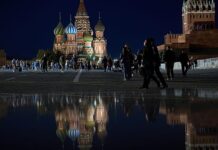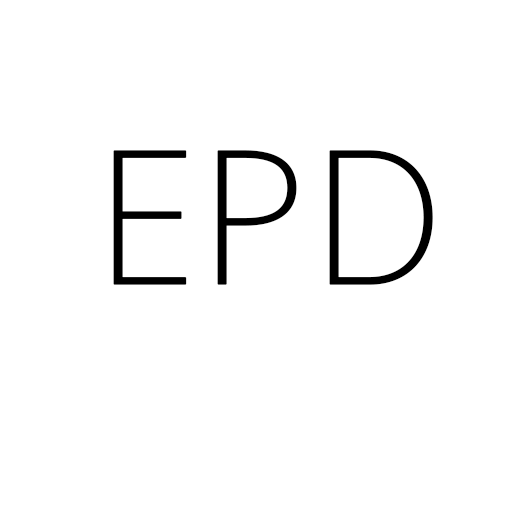
ADVERTISEMENT
Revelations that nine decapitated pig heads were placed outside a series of mosques in Paris on Monday night sparked a tense debate about Islamophobia in France.
However, prosecutors revealed on Wednesday that two foreign nationals who fled the country were behind the incident, which was qualified as an attempt to “cause unrest within the nation.”
The story began to unravel when a French farmer from the northern region of Normandy came forward to investigators, asserting that two men driving a vehicle with a Serbian licence plate bought a dozen pig heads from him.
The Paris prosecutor’s office told EuroVerify that CCTV footage confirmed these claims, revealing that these same two individuals travelled to Paris in the vehicle on Monday night, before going on to place pig heads outside mosques in Paris, as well as in four towns in the capital’s suburbs: Montreuil, Montrouge, Malakoff and Gentilly.
The French President Emmanuel Macron’s surname was reportedly inscribed on one of the pigs’ heads, according to French media.
The suspects are believed to have exited the French territory and crossed the Belgian border on Tuesday morning. At the same time, prosecutors told EuroVerify they likely “used a Croatian phone number, which was traced to a crossing at the French-Belgian border.”
Prosecutors have opened a probe for “serving the interests of a foreign power or a foreign or foreign-controlled company or organisation”, as well as publicly inciting “hatred or violence on the grounds of origin, ethnicity, nationality, race, or religion”.
These charges are punishable by six years and one year in prison, respectively.
Russia suspected in spate of prior incidents
On Tuesday, as news of the pig heads began to make national and international headlines, Paris Police Chief Laurent Nuñez asserted that “one cannot help but draw parallels with previous actions (…) which were proven to be acts of foreign interference.”
While the investigation into the pig head incident remains under way, a spate of similar incidents has occurred in France in recent years, and Russia is suspected of involvement or of orchestrating these operations.
Earlier this year in June, three synagogues, a Jewish restaurant and a Holocaust memorial were sprayed with green paint on Saturday in the city’s historic Marais district and 20th arrondissement.
Three Serbian nationals who were reportedly preparing to leave France were subsequently arrested in the southeastern region of Alpes-Maritimes.
In another incident which made major headlines in May 2024, red hands were painted on Paris’ Holocaust Memorial.
French authorities identified three Bulgarian nationals as suspects, while according to French newspaper Le Canard Enchaîné, investigators suspected Moscow of being behind these acts of vandalism.
Such incidents have also occurred at moments of heightened social tension in France.
In November 2023, as France’s Jewish community was still processing the 7 October attacks in which Hamas-led militants killed some 1,200 people, most of them civilians, while 250 others were kidnapped in southern Israel, dozens of Stars of David were graffitied on the walls of the French capital and its suburbs.
In turn, two Moldovan nationals were arrested, while French security services identified a Moldovan-Russian businessman as their potential handler.
Le Monde newspaper subsequently revealed a confidential memo — that news agency AFP confirmed was legitimate — in which France’s General Directorate for Internal Security (DGSI) asserted that the Star of David operation was orchestrated by a department responsible for international operations within Russian security services.
In response, Moscow denied any involvement and described the reports as “stupid” and “outrageous”.
In a recent interview with French broadcaster FranceInfo in March, the head of France’s Internal Security agency Céline Berthon commented on this specific incident, asserting “we have proof that the individuals who committed these acts came to our territory to do so, obeying orders given to them.“
“What stands out to us? The first photos were posted online by a device that, in our view, obeys Russia”, added Berthon, caveating that “Russia“ could be qualified as “a fairly broad range of actors: it could obviously be the Kremlin directly, government agencies, or supportive associations.”















